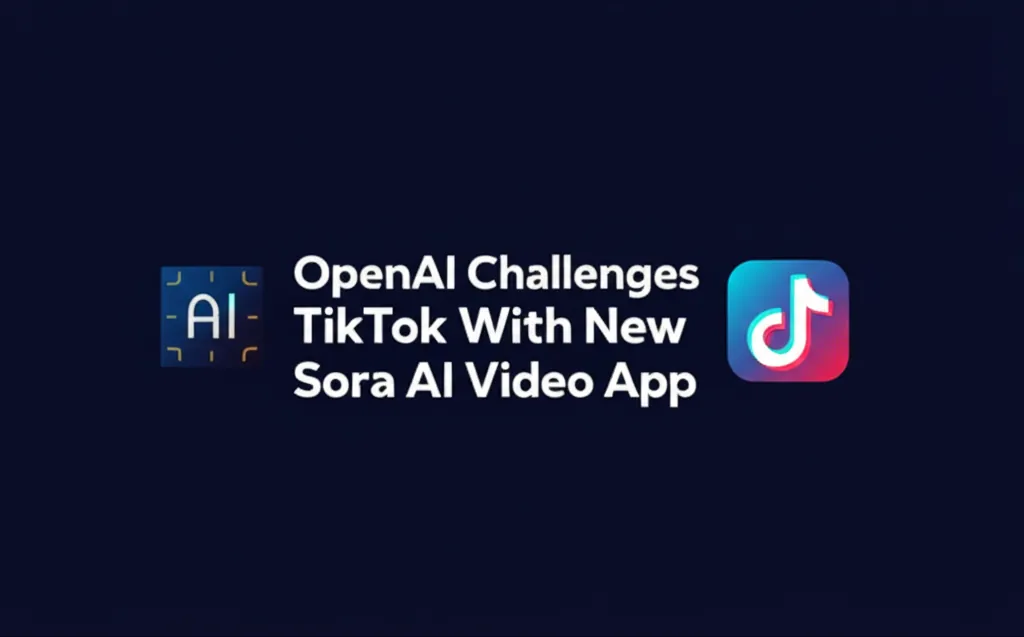Developer Offer
Try ImaginePro API with 50 Free Credits
Build and ship AI-powered visuals with Midjourney, Flux, and more — free credits refresh every month.
OpenAI Reveals The Jobs Most Exposed To AI Transformation
A new study from OpenAI, the creators of ChatGPT, has sent ripples through the global workforce. The research paper identifies a wide range of professions that are significantly exposed to disruption from large language models (LLMs). This isn't just about automation; it's about a fundamental shift in how many white-collar jobs will be performed.
OpenAI's Groundbreaking Labor Market Study
OpenAI, in collaboration with researchers from the University of Pennsylvania, published a detailed analysis titled "GPTs are GPTs: An Early Look at the Labor Market Impact Potential of Large Language Models." You can dive into the specifics in OpenAI's official research paper. The study moves beyond simple speculation, providing a data-driven look at which tasks and, by extension, which jobs are most susceptible to being streamlined by AI. The findings suggest that approximately 80% of the U.S. workforce could have at least 10% of their work tasks affected by the introduction of LLMs.
Which Jobs Are in the AI Spotlight?
The research pinpoints jobs that rely heavily on language, data processing, and creative generation. These are tasks that models like ChatGPT excel at. According to the study, some of the most highly exposed professions include:
- Mathematicians: AI can perform complex calculations, prove theorems, and analyze data sets with incredible speed.
- Accountants and Tax Preparers: Tasks involving data entry, reconciliation, and generating financial reports are prime candidates for AI assistance.
- Writers and Authors: From drafting articles to generating creative copy, LLMs can significantly speed up the writing process.
- Web and Digital Interface Designers: AI can generate code and design mockups based on simple text prompts.
- Public Relations Specialists: Crafting press releases, managing communications, and analyzing public sentiment are tasks where AI can provide powerful support.
- Legal Secretaries and Administrative Assistants: Summarizing documents, drafting correspondence, and managing schedules fall squarely within the capabilities of current AI models.
Understanding Exposure vs. Replacement
It is crucial to understand that "exposure" does not automatically mean "replacement." The researchers are careful to make this distinction. For most of the identified roles, AI is positioned as a powerful co-pilot or a tool that can augment human capabilities. The technology can handle repetitive and time-consuming aspects of a job, freeing up human workers to focus on more strategic, creative, and interpersonal tasks. This could lead to a significant evolution of job roles rather than outright elimination, increasing productivity and creating new opportunities.
The Human Element: Jobs AI Can't Touch Yet
Conversely, the study also highlights jobs with very low exposure to AI. These roles typically involve complex physical labor, critical thinking in unpredictable environments, and specialized scientific skills. Professions like athletes, mechanics, cooks, and oil and gas workers are among those least likely to be impacted by current language models. Their work requires a level of physical dexterity and real-world interaction that AI has not yet mastered.
Preparing for an AI-Augmented Future
The release of this study serves as a clear signal for professionals and industries alike. The future of work will likely involve close collaboration between humans and AI systems. Embracing this change means focusing on developing skills that complement AI, such as strategic thinking, emotional intelligence, and complex problem-solving. Rather than fearing replacement, the proactive approach is to learn how to leverage these powerful new tools to enhance our work and create more value.
Compare Plans & Pricing
Find the plan that matches your workload and unlock full access to ImaginePro.
| Plan | Price | Highlights |
|---|---|---|
| Standard | $8 / month |
|
| Premium | $20 / month |
|
Need custom terms? Talk to us to tailor credits, rate limits, or deployment options.
View All Pricing Details

